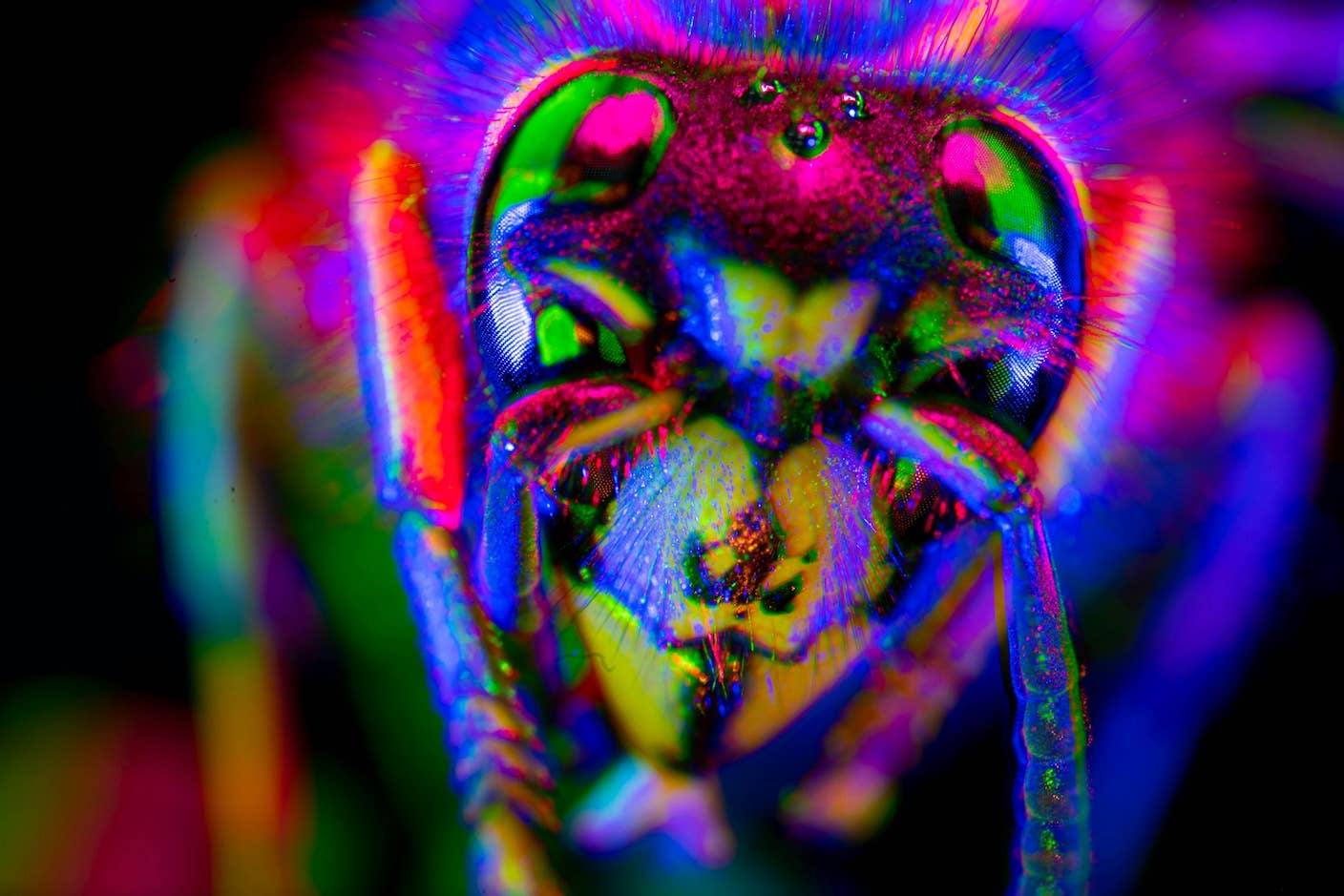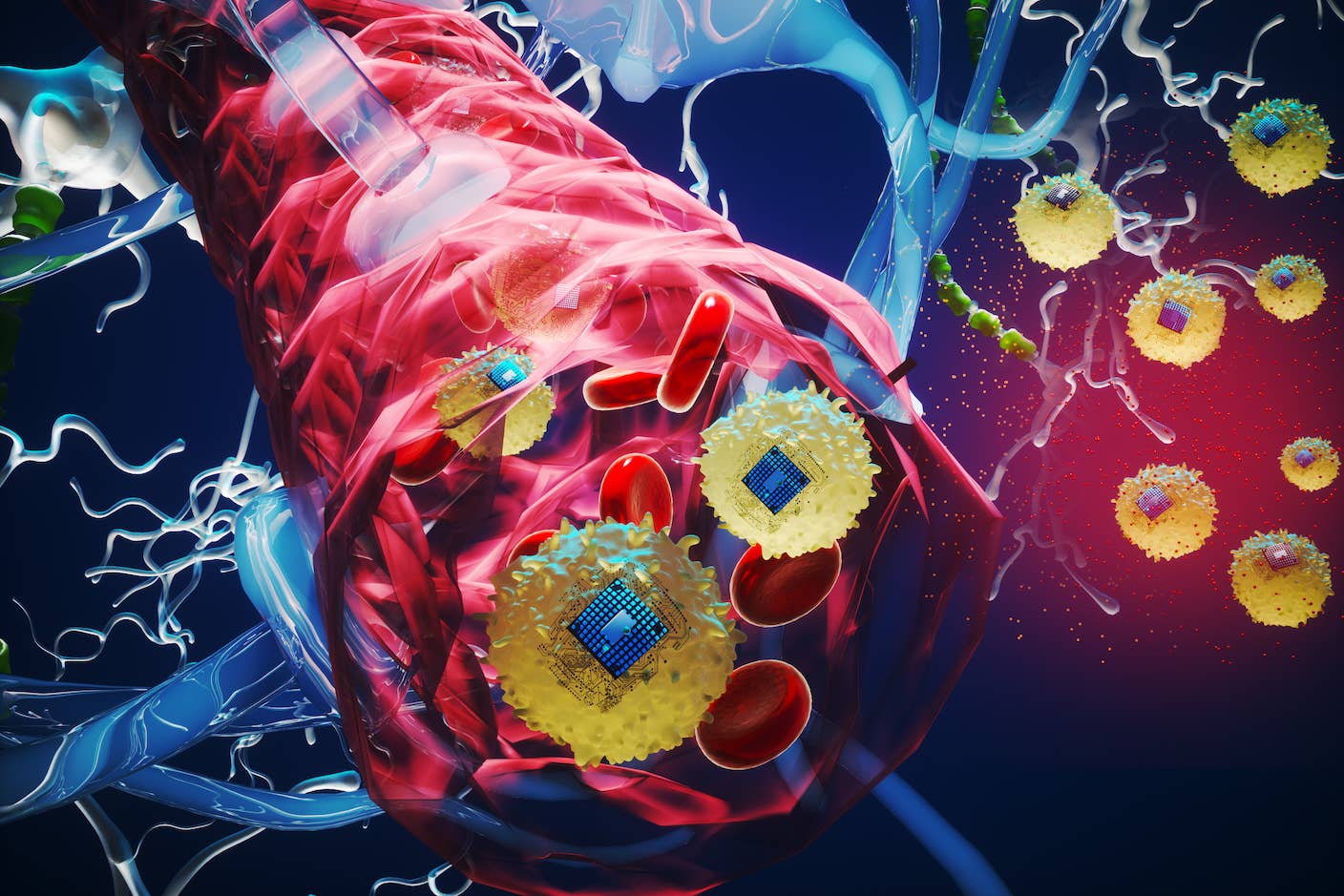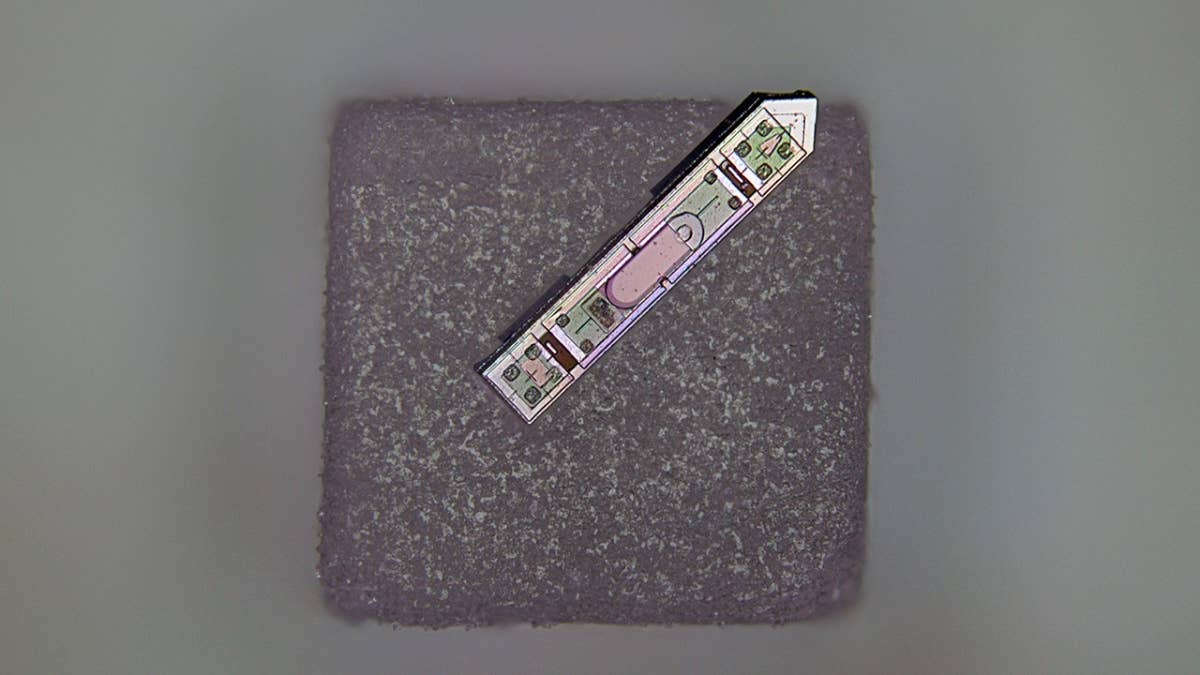Groundbreaking Brain Map Reveals Fruit Fly Brain in Stunning Detail

Share
With a brain the size of a sesame seed, the lowly fruit fly is often considered a kitchen pest. But to neuroscientists, the flies are a treasure trove of information detailing how the brain’s intricate connections guide thoughts, decisions, and memories—not just for the critters, but also for us.
Mapping these connections is the first step. With over 140,000 neurons and 54 million synapses—the connections between nerve cells—packed into such a tiny space, the fruit fly’s brain, however rudimentary compared to ours, is highly complex.
This week, in a tour de force, hundreds of scientists from the FlyWire consortium published the first complete map of an adult female fruit fly’s brain. A project roughly a decade in the making, the wiring diagram will be a rich scientific resource for years to come. The same techniques used to make the map—which heavily relied on artificial intelligence—could be used to chart more complex brains, such as zebrafish, mice, and perhaps even humans.
“Flies are important model systems…since their brains solve the same problems as we do,” said Mala Murthy at Princeton University in a press conference. Murthy co-led the project with Sebastian Seung, who has long championed mapping as a way to better understand the inner workings of our brains and potentially extract algorithms to power more flexible AI.
In one of nine articles on the project published by Nature, Clay Reid at the Allen Institute for Brain Science, who was not involved in the project, called the release a “huge deal.”
“It’s something that the world has been anxiously waiting for, for a long time,” he said.
The study’s data and images are freely available for anyone to explore. To Murthy, the project exemplifies the power of open science. The consortium welcomed help from both neuroscientists and citizen scientists, who don’t have formal training but are passionate about the brain.
This “openness drove the science forward,” resulting in the “first time we’ve had a complete map of any complex brain,” said Murthy.
A Brain Atlas
Why do we think, feel, remember, and forget? How do we make decisions, rethink biases, and empathize with others? Even simpler, what neural signals make my fingers type these words?
It’s all about wiring. Neurons connect with each other at specific points called synapses. These connections form the basis of circuits that control behaviors. Like tracing electrical wiring in a house, mapping the brain’s cables can help decipher which neural circuit controls what behaviors. Together, the entire brain wiring diagram is called the connectome.
Previously, scientists had only fully mapped the connectome of a tiny worm with just over 300 neurons. Even so, the feat launched a revolution in neuroscience by highlighting the role of neural circuits, rather than individual cells, in steering behavior.
The fruit fly brain is bigger and far more complex. It’s densely packed with hundreds of thousands of neurons, each intricately connected to others. A single faulty reconstruction could derail our understanding of the brain’s original instructions: Rather than sending a signal down one neural highway, it could be interpreted as a taking another road that leads to nowhere.
The project began over a decade ago, when Davi Bock and colleagues at the Janelia Research Campus imaged the entire fly brain at nanoscale resolution. They “fossilized” the brain of a female fly using a chemical soup, froze it to preserve its delicate connections, and sliced it into wafers.
Using a high-resolution microscope, the scientists took images of every slice. Overall, the project produced roughly 21 million images from over 7,000 brain slices.
This wealth of data was a triumph, but also a problem. Usually, each image had to be manually examined for potential connections—an obvious headache when analyzing millions of images.
Here’s where AI comes in. Seung has long championed using AI to untangle neural wiring from individual images and 3D recreations. With AI becoming increasingly sophisticated, it’s easier for different models to learn how to identify a synapse or the branches of a neuron.
But initial AI systems were imperfect. Overlapping neural wires from two circuits could be interpreted as one: Imagine a satellite view of a tricky highway interchange that confuses your phone’s GPS system. A giant tangle of neural connections from multiple sources could be labeled as a single source, rather than a hub directing the flow of information.
Scientists in the consortium spent years manually proofreading AI-generated results. But they had help. Seung and colleagues elicited crowd input. His earlier project, Eyewire, gamified the brain-mapping process by asking citizen scientists to detect neural connections critical for vision.
FlyWire built a similar online platform in 2022, allowing hundreds of people interested in the brain, but with no formal training, to proofread AI reconstructions and classify neurons based on their shape.
Be Part of the Future
Sign up to receive top stories about groundbreaking technologies and visionary thinkers from SingularityHub.


The project would have taken a single person 33 years. By sharing data and recruiting citizen scientists, the team constructed the entire connectome in a fraction of the time. According to study author Gregory Jefferis at the University of Cambridge, the volunteers and scientists made more than three million edits to the AI’s initial results. They also annotated the maps—for example, labeling different cells—providing context for the viewer.
Throughout the process, the consortium released versions of its data so researchers could tap into the expanding dataset. Even without the entire map, scientists have already begun exploring ideas about how the fly’s brain works.
Brain Cartographer
The final map captures over 54 million synapses between roughly 140,000 neurons. It also includes over 8,000 different types of neuron—far more than anyone expected. Incredibly, nearly half were newly discovered for the species.
To Seung, each new cell type poses “a question” about how it influences brain functions.
The fly’s brain was also interconnected to a surprising degree. Neurons that allowed the fly to see also received sound and touch cues, suggesting these senses are wired together.
The connectome data is already spurring new studies and ideas. One team made a digitized fly brain from all the mapped neurons and connections. They then activated artificial neurons that can detect honey or bitter flavors. The virtual brain responded by sticking out the fly’s “tongue” when it detected sweet flavors.
“For decades, we haven’t known what the taste neurons in the brain are,” study author Anita Devineni at Emory University told Science. “And then, all of a sudden in a small amount of time … you can figure it out.”
Other studies using the map found neural circuits for walking, grooming, and feeding—all of which are essential to the fly’s (and our) everyday routine.
The connectome does have some limitations though. It’s based on a single female fruit fly. Brains are highly individualized in their connections, especially across sexes and ages. The decade-long effort is just a snapshot of one brain at one moment in time.
However, the map could still help researchers discover fundamental ways the brain works—like, for example, how wiring between certain brain regions allows them “talk” more efficiently.
The team is already looking to expand the work to a mouse brain with roughly 500 times more neurons than the fly. Similar efforts have already charted synapses in the mouse brain, but the new study’s technology could yield comprehensive maps of neural connections across the entire brain.
“This achievement is not just remarkable, it’s outstanding,” Moritz Helmstaedter at the Max Planck Institute for Brain Research, who was not involved in the project, told Science. “In the next decade, we’ll see tremendous progress, and possibly the first full whole mammalian brain connectome.”
Image Credit: Amy Sterling, Murthy and Seung labs, Princeton University, (Baker et al., Current Biology, 2022)
Dr. Shelly Xuelai Fan is a neuroscientist-turned-science-writer. She's fascinated with research about the brain, AI, longevity, biotech, and especially their intersection. As a digital nomad, she enjoys exploring new cultures, local foods, and the great outdoors.
Related Articles

Are Animals and AI Conscious? Scientists Devise New Theories for How to Test This

These Brain Implants Are Smaller Than Cells and Can Be Injected Into Veins

This Wireless Brain Implant Is Smaller Than a Grain of Salt
What we’re reading